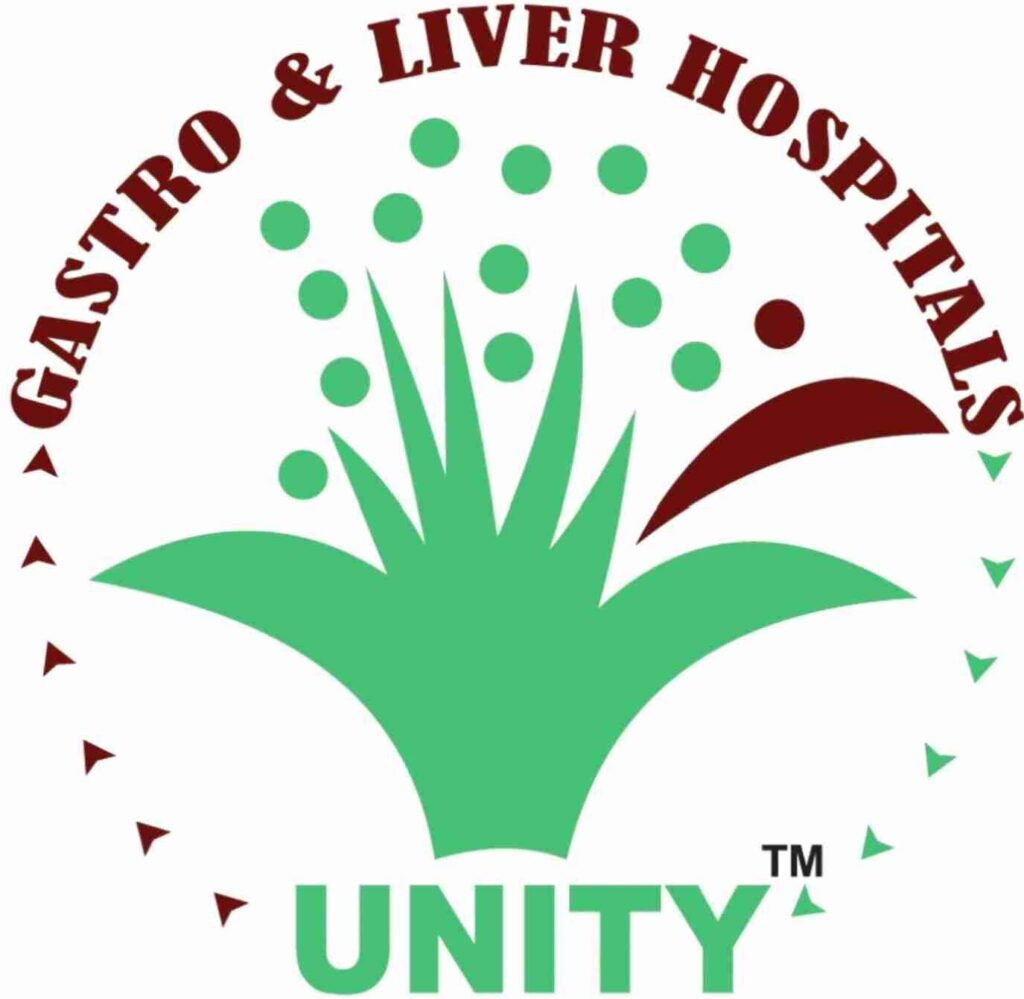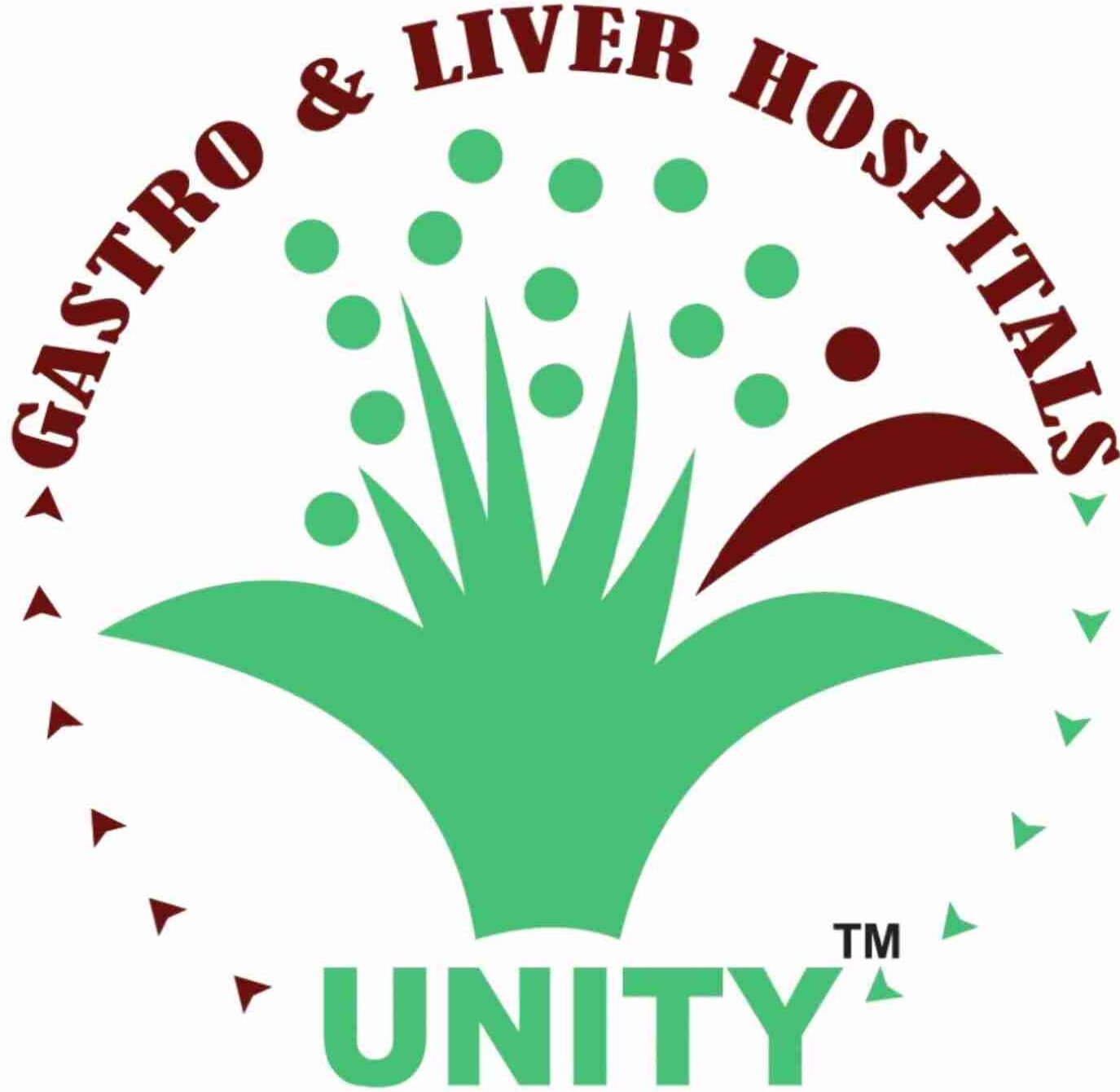Understanding the early signs of bleeding gastrointestinal issues is crucial. Many folks overlook these subtle symptoms until they escalate into serious problems. This blog aims to empower readers by providing the knowledge needed to spot these signs early on. Catching symptoms sooner can make a significant difference in treatment and outcomes. It’s vital to address these concerns before they lead to severe complications. It’s not uncommon to hear stories about how early recognition saved someone from a hospital visit or more severe intervention. By paying attention to your body, you could have a similar success story.
Understanding Gastrointestinal Bleeding: An Overview
Bleeding gastrointestinal issues happen when there’s blood loss from the digestive system. This can be from the upper or lower parts of the gastrointestinal tract. The upper tract includes the stomach and small intestines, while the lower part involves the large intestines. Detecting such bleeding can be tricky. Sometimes, signs are mild and could be mistaken for other less serious problems. Common causes include ulcers or inflammation, often resulting from an unhealthy lifestyle. Such issues might not stand out immediately, making it essential to be vigilant. Overall, understanding the basics of bleeding gastrointestinal concerns can aid in early detection, potentially preventing complications and improving outcomes.
Identifying Early Visible Symptoms of GI Bleeding
Various visible symptoms can indicate bleeding gastrointestinal problems. Here are some signs to watch for: 1. Blood in vomit or stools. 2. Stools that look black or tarry. 3. Feeling excessively tired without apparent reason.
It’s key to differentiate between upper and lower bleeding gastrointestinal symptoms. Signs of upper tract bleeding often manifest as vomiting blood. Meanwhile, lower tract bleeding might cause bright red blood in stools or tar-like stools. Many have shared their stories, highlighting how recognizing these symptoms meant they could seek help in time. By being aware of these signs, you can potentially catch such problems early and avoid serious consequences.
Subtle Warning Signs That Shouldn’t Be Ignored
Aside from visible symptoms, some bleeding gastrointestinal symptoms are more subtle. Feelings of nausea, recurring abdominal pain, or noticeable changes in bowel routines can signal underlying issues. These signs, while less severe than overt bleeding, shouldn’t be dismissed. They’re often the body’s way of alerting you to a developing problem. Paying attention and seeking medical advice when observing these symptoms is crucial. Your doctor can guide you in the right direction and suggest preventive measures.
Urgency and Acute Symptoms: When to Act Immediately
Certain bleeding gastrointestinal symptoms demand urgent action. If you experience extreme weakness, or find yourself losing large amounts of blood, immediate medical attention is vital. Acute bleeding often implies a quick and severe onset of symptoms, demanding faster intervention. In contrast, chronic bleeding develops gradually. Recognizing the difference can greatly impact the timing and success of treatment. Always err on the side of caution and consult a healthcare provider if uncertain. These symptoms could represent a medical emergency and require swift action.
Common Misconceptions: When It’s Not GI Bleeding
Not all symptoms that seem like bleeding gastrointestinal issues are true alarms. Certain dietary items, like beets or red food coloring, can mimic blood in stools. Medications can sometimes cause similar symptoms. Despite these possibilities, don’t dismiss such signs without professional input. They might be harmless, but understanding when to proceed with caution can save stress and potential misdiagnosis later.
Who Needs to Be Extra Cautious? Recognizing Risk Factors
Be aware if you’re at higher risk for bleeding gastrointestinal issues. Certain groups should be especially cautious: – People with existing gastrointestinal disorders. – Those over 60, due to increased vulnerability. – Regular users of NSAIDs, which can irritate the stomach lining.
For at-risk individuals, monitoring for even slight symptoms is essential. Routine check-ups and consultations with your healthcare provider are also advisable. These steps can help you manage your health and catch any issues early.
Taking Action: What to Do If You Notice Symptoms
If you suspect bleeding gastrointestinal symptoms, don’t hesitate to act. Keep a journal of symptoms and note any patterns. This record can be invaluable during doctor visits. If symptoms worsen quickly or large amounts of blood are seen, go to the hospital immediately. Diagnostic tools like endoscopies often play a critical role. They allow doctors to see inside your stomach and intestines to pinpoint the problem. Communication with healthcare professionals is crucial. Be open and honest about symptoms so they can offer the best support possible.
Concluding Thoughts: Prioritize Your Digestive Health
Recognizing potential bleeding gastrointestinal symptoms early can prevent many serious issues. Never ignore the signs your body is giving you. It’s up to you to manage risk factors and stay informed about your health. By prioritizing care, you can lead a healthier, more comfortable life. Remember, proactive health decisions today can mean fewer complications tomorrow. Trust your instincts and seek help when needed.





